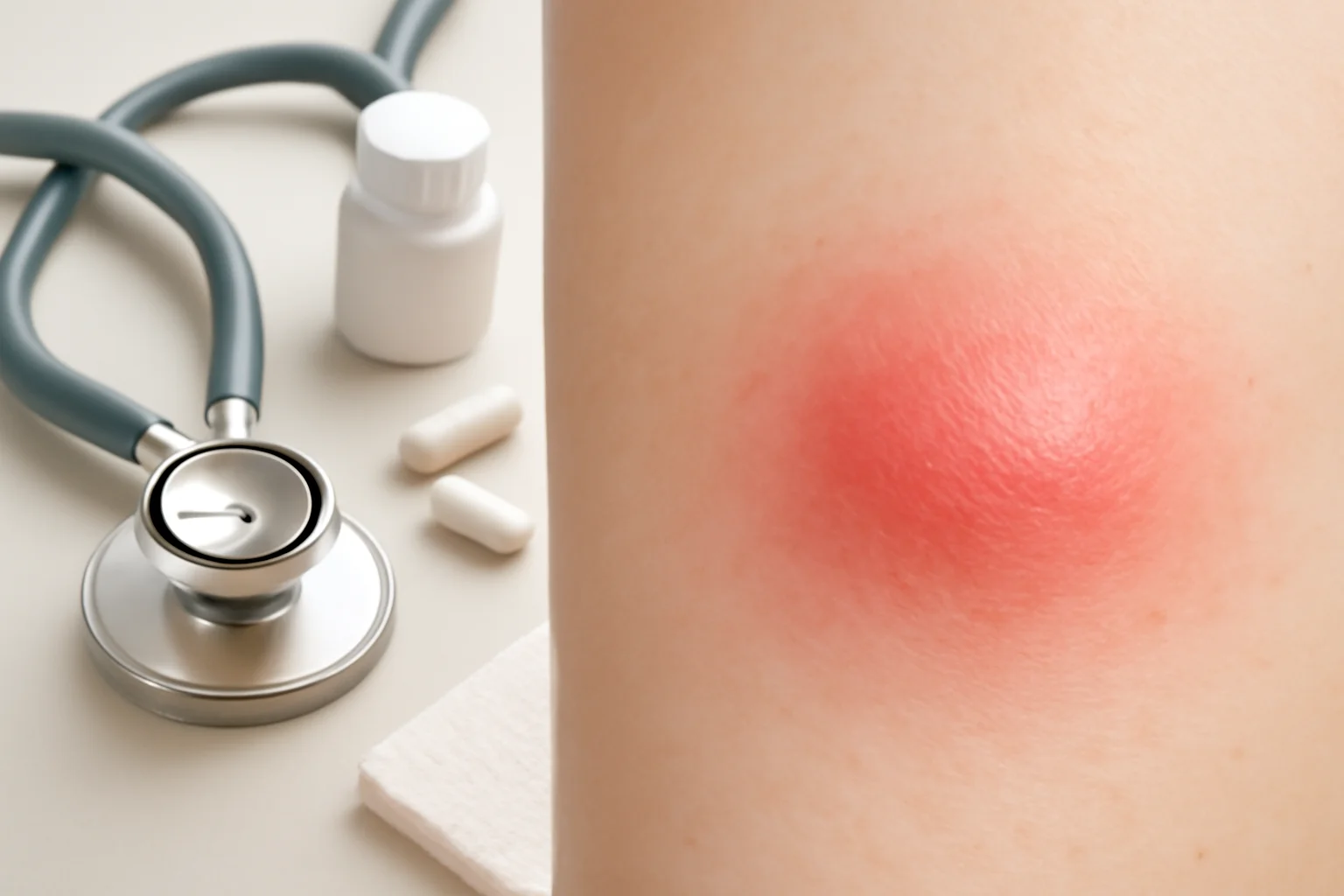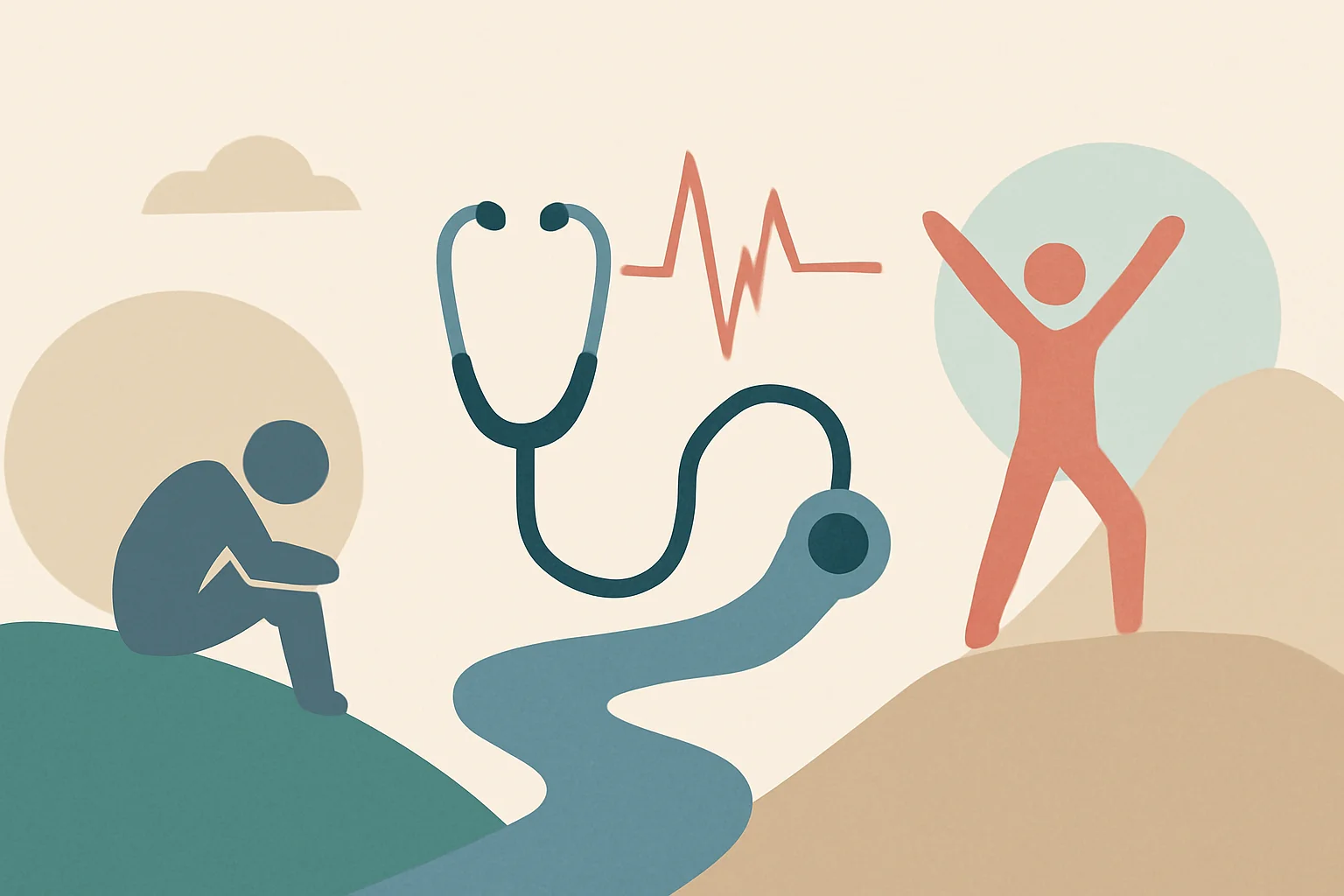
Swelling and Redness: Causes, Symptoms, and Treatment Options
The swelling and redness are phenomena that appear in various parts of the body, often serving as signs of inflammation or other health issues. These symptoms can frequently occur together, and understanding the underlying causes is crucial for appropriate treatment. Swelling typically occurs due to the accumulation of fluid in the tissues, while redness is a sign of the dilation of blood vessels and the activation of inflammatory processes.
Swelling and redness that appear in different parts of the body can arise from numerous causes, including injuries, allergic reactions, infections, or chronic diseases. The appearance of these symptoms can often be a warning sign indicating that something is wrong in the body. It is important to understand that although swelling and redness are natural reactions to inflammation, persistent or severe cases may require medical intervention.
In the following sections, we will examine in more detail the causes, symptoms, and possible treatment methods behind swelling and redness. Our goal is to provide a comprehensive overview of these phenomena and help readers understand when they should seek medical attention.
Swelling: Causes and Manifestations
Swelling occurs as a result of fluid accumulation in the body’s tissues, and there can be various underlying reasons. One of the most common causes is injury, during which the body initiates a natural inflammatory response. At this time, blood circulation increases in the injured area, and fluid enters the interstitial space, causing swelling. The degree of swelling can vary, from small swellings to larger, more visually prominent ones.
Swelling can also occur in allergic reactions, such as after insect bites or the consumption of certain foods. During allergic reactions, the body produces histamine, which increases the permeability of blood vessels, allowing more fluid to enter the tissues. Additionally, swelling can occur in various inflammatory conditions, such as arthritis or dermatitis, where the amount of fluid in the tissues increases due to inflammation.
Chronic diseases, such as heart failure or kidney diseases, can also cause swelling. In these cases, fluid retention can be experienced in various parts of the body, and the swelling may indicate an advanced stage of the disease. When swelling appears, it is important to pay attention to accompanying symptoms, such as pain, redness, fever, or shortness of breath, as these may indicate more serious problems.
There are several methods to treat swelling, such as rest, icing, applying compression bandages, or taking anti-inflammatory medications. However, the method of treatment always depends on the underlying causes, so it is essential to seek medical help if symptoms persist or worsen.
Redness: A Sign of Inflammation
Redness is a skin change that often occurs as a result of inflammatory reactions. The red color is the result of the dilation of blood vessels beneath the skin, which occurs during inflammatory processes. These processes are most commonly triggered by the body’s immune response when it attempts to combat infections or other harmful effects.
Redness can manifest in various forms, depending on what triggered it. For example, a simple redness may appear after sunburn, allergic reactions, or contact with irritants. Red skin is often associated with itching, peeling, or swelling, depending on the underlying cause.
Inflammatory skin diseases, such as eczema or psoriasis, can also cause redness. These conditions are considered chronic and lead to ongoing inflammation of the skin, resulting in persistent redness. Dermatitis, such as contact dermatitis, can also cause redness when the skin comes into contact with irritants.
The treatment of redness also depends on the underlying cause. The use of anti-inflammatory creams, antihistamines, or corticosteroids can help alleviate skin irritation and inflammation. It is important to seek medical examination if redness persists or worsens, as in many cases, treating the underlying causes is essential for alleviating symptoms.
Swelling and Redness: When to See a Doctor?
The appearance of swelling and redness is often a natural reaction, but in certain situations, they may require medical intervention. If the symptoms are accompanied by pain, fever, or if the swelling appears suddenly and unexpectedly, it is important to see a doctor as soon as possible. These symptoms may indicate more serious conditions, such as infection or allergic reaction, which require immediate treatment.
It is also advisable to seek medical assistance if swelling and redness persist. If the swelling does not decrease, or if the redness affects larger areas, uncovering the underlying causes is essential. Chronic inflammatory conditions, such as arthritis or skin diseases, also require medical treatment, as these issues can affect the quality of life in the long term.
Overall, the appearance of swelling and redness can be a warning sign, and it is important for those affected to be aware of the significance of these symptoms. Timely medical intervention can help prevent the development of more serious health issues.
**Warning:** This article does not constitute medical advice and does not replace professional assistance provided by doctors. If you have health problems, please always consult a doctor.

